50 Essential Tips for Optimizing Images for Better SEO
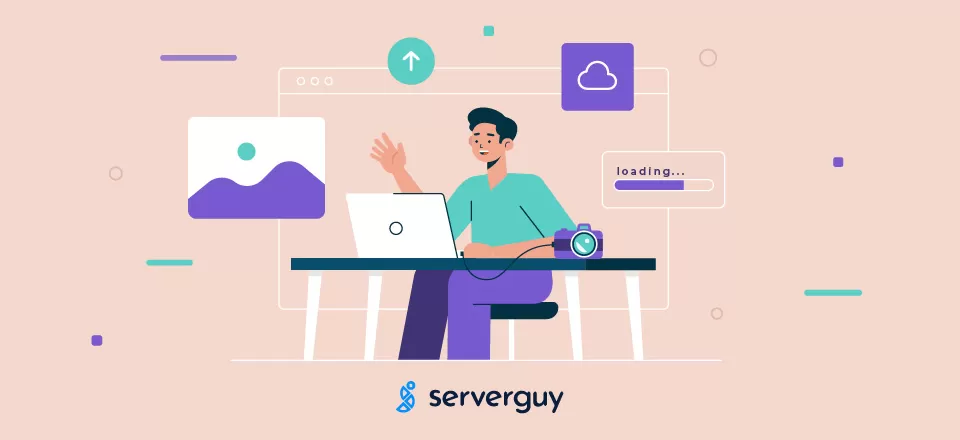
Below are the Actionable Image SEO Tips, that can improve your Image search rankings. You can also check our eCommerce SEO Guide.

Below are the Actionable Image SEO Tips, that can improve your Image search rankings. You can also check our eCommerce SEO Guide.
Too long to read? Just download the Image SEO Tasks Checklist.
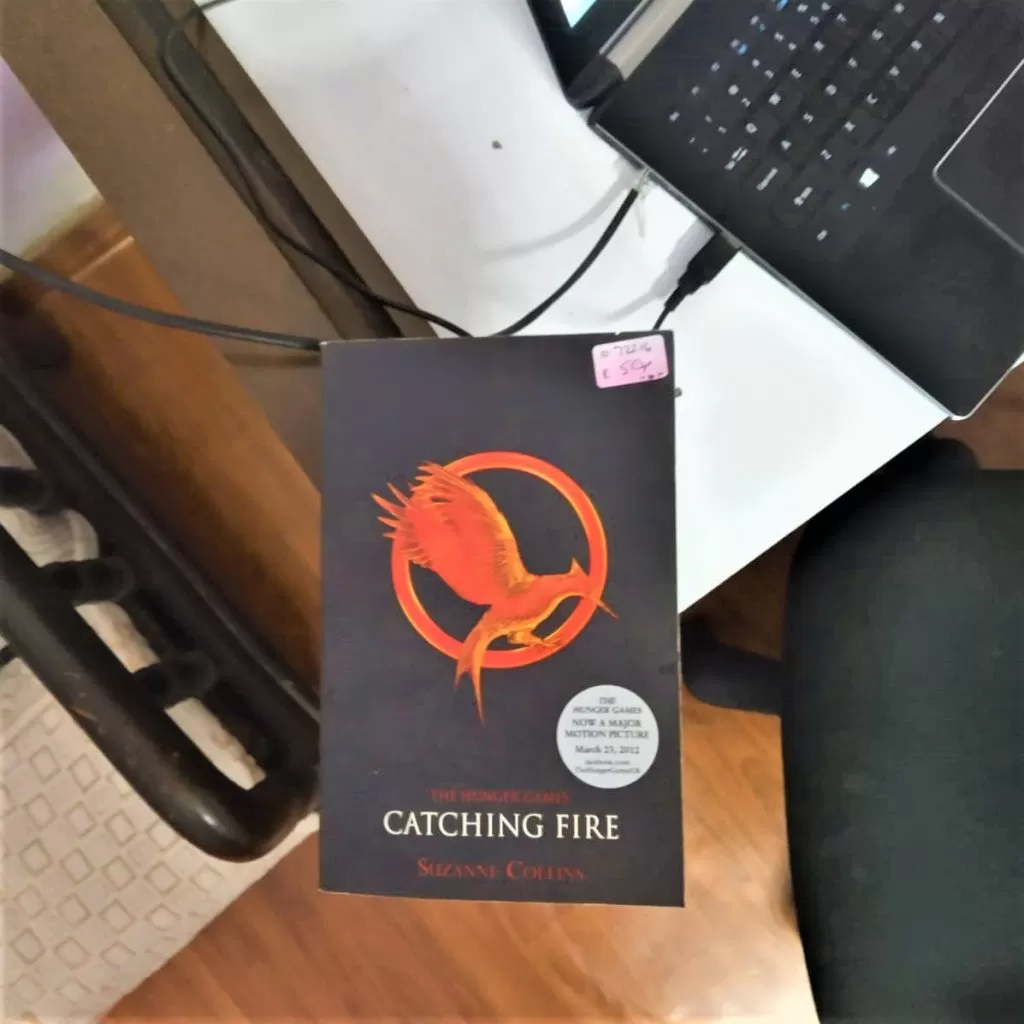
<IfModule mod_expires.c>
ExpiresActive On
# Images
ExpiresByType image/jpg "access 1 year"
ExpiresByType image/jpeg "access 1 year"
ExpiresByType image/gif "access 1 year"
ExpiresByType image/png "access 1 year"
</IfModule>Also Read
I wrote this article as straight as possible, with no-nonsense. If there are any tips that you found helpful, tell us in the comment box.
Also, leave any Image SEO Tips that you think will help our users.
We will mention it in the article with your name.
You might also like
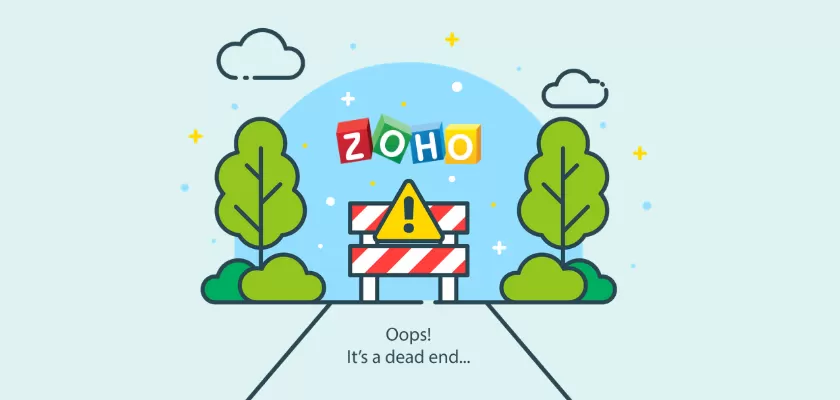
One of the largest tech company, Zoho.com disappeared from the internet after being pulled offline on Monday morning.
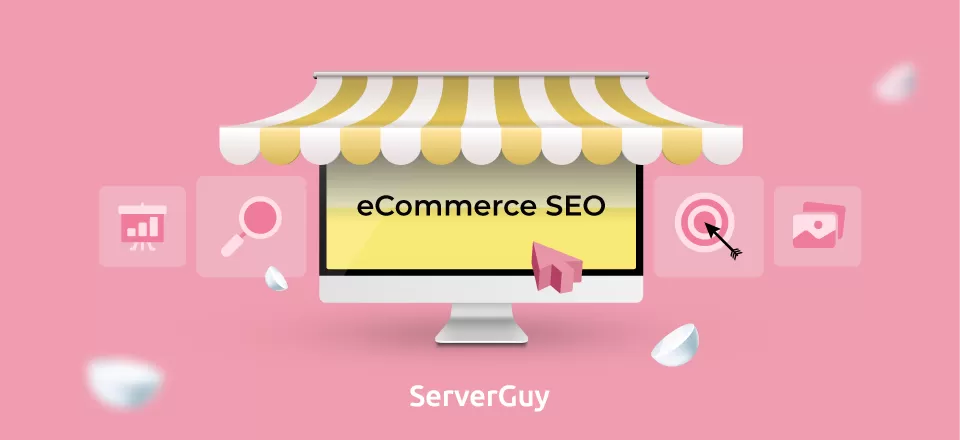
eCommerce SEO is the best way to bring lots of organic traffic to the store.
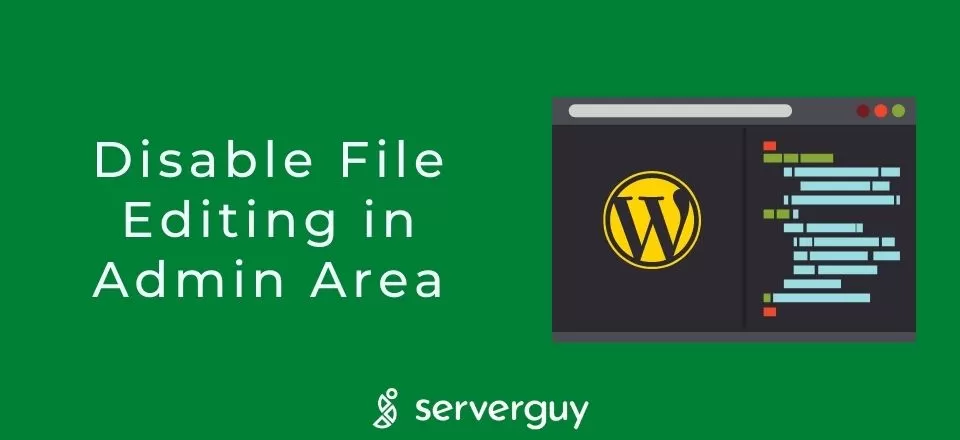
You can disable File Editing in the WordPress admin area by adding the following line of code into the wp-config.php file.